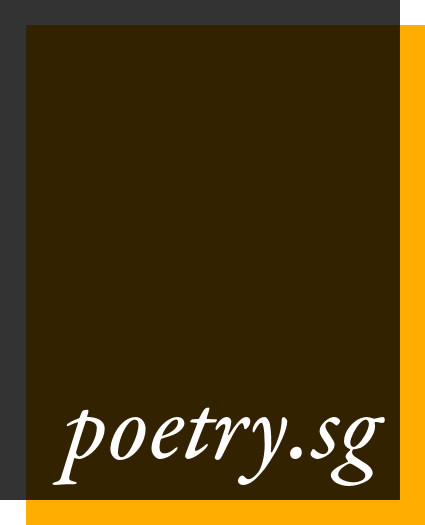Ee Tiang Hong (b. 1933–1990)
FEATURES / DEAD POETS’ SOCIETY
Written by Tricia Tan
Dated 30 Aug 2023
On 13th May 1969, in the aftermath of the 1969 Malaysian general election, a severe episode of Sino-Malay violence took the lives of 196 (sources suggest the death toll to be as high as 600).
In Ee Tiang Hoe's “Requiem”, May 13 is ominously untagged to a year — a meteor in suspension, ready to hurtle down at any moment. Ee etches out the tragedy in the plainest of words, journalistically reporting on the "friends or relatives who died". There are only implicit references made to events leading to the May 13th incident (“the great divide”), as if the racial conflict should be implicit knowledge, or so sensitive as not to bear repeating.
“Requiem” begins with an exhortation to cherish the lessons of past, but eventually evolves to a lament on the irreversibility of the deaths, and an implied futility of suffering for the “great divide” that persists. The drone of “Sun and moon” rising and setting as the closing line evokes the ease with which we lose grip of lessons of the past.
Ee's poem reminded of the 1964 race riots in Singapore, with our subsequent independence in 1965 and policies of multiracialism and multiculturalism. As a medical student, I instinctively perceive race in clinical terms — that is, how race affects a patient's genetic predisposition to illness. In the idealized world of medicine, demographical differences help us save lives by aiding in diagnosis and assessing prognosis. Ee’s poem, however, exposes the devasting wounds inflicted by ethnic conflicts.
I wondered what May 13 must have been like for the victims of the incident, left languishing in hospitals. Ee’s poem led me to the story of Lee Hung Poh, a then 17-year-old factory worker who was shot during the riots and left paralysed from the waist down. Her account, the “The shot that changed her life”, is a poignant reminder of the forgotten suffering experienced by victims of the May 13th event. Ee's poem is itself an impetus for the titular “Requiem”. I wrote “patient history: bullet” to memorialize the buried stories of individuals like Poh who survived, but still feel “the need to hide in [her] room” every year on May 13th.
•
patient history: bullet
after Ee Tiang Hong’s “Requiem”, with italicised portions taken from Lee Hung Poh's account of the May 13th incident, “The shot that changed her life”
You are 17 when it divides you
Ah Poh Chung Cheung¹
Your belly blood the red sea
that has never been proven
to part. Red: you swim it nightly,
hands sieving other hands, holding
warmth. She is still alive.“Hoi toe!”²The scalpel sinks into you ten times
but still, metal paralyses you
from the waist down. Your legs turn
thin as matchsticks. Morphine reminds you
of all the fires left unset. In those days,
it was shameful to be a cripple.Luckier, you are told, than the 196 buried
on May 13th. Grief a convenient store ointment
glittering in the light, the greatest shimmer you could smear
over your eyes. Look! Free surgery in Beijing
a five day boat ride away. Look! It's been 10 months
but let's try Hong Kong. Look! You're standingbarely, but still. You begin. Trading fruit in Sungei Besi.
Begin with that new sewing machine, cutouts and clothes
and curtains, some drapes. You open
a shop, the envelope for your driver’s license,
the doors of your new flat. You even dream of visiting
Venice, a city built on water!They say time heals but every year on May 13th,
I feel the need to hide in my room.
You were 17 when the bullets divide your nation.Look! It’s not every day the sun shines,
benign as an orange. Let light drip
down your throat. Allow yourself
¹ Ah Poh has been shot!
² Surgery


